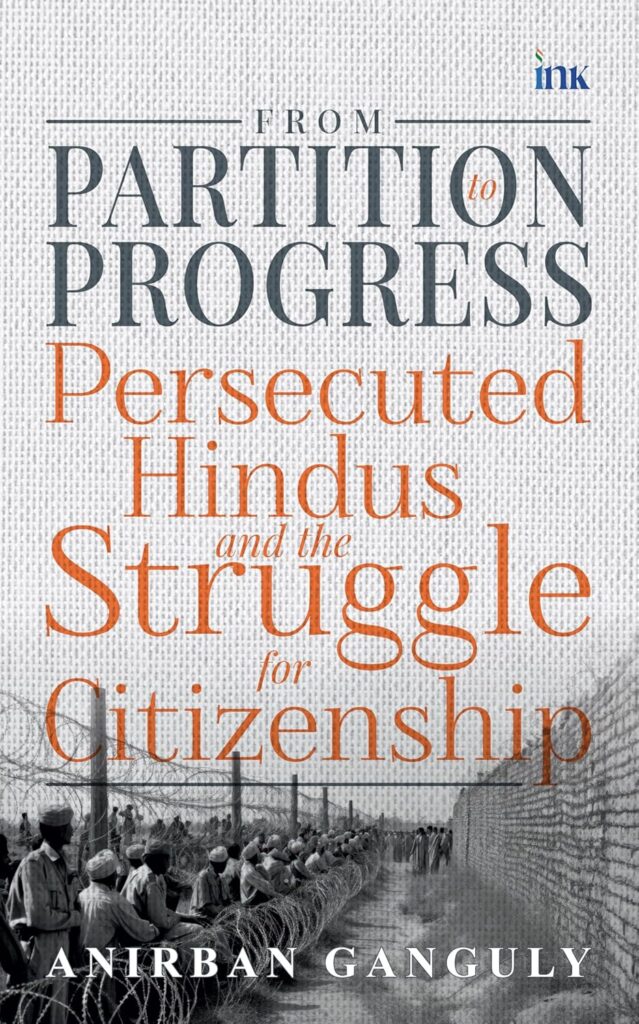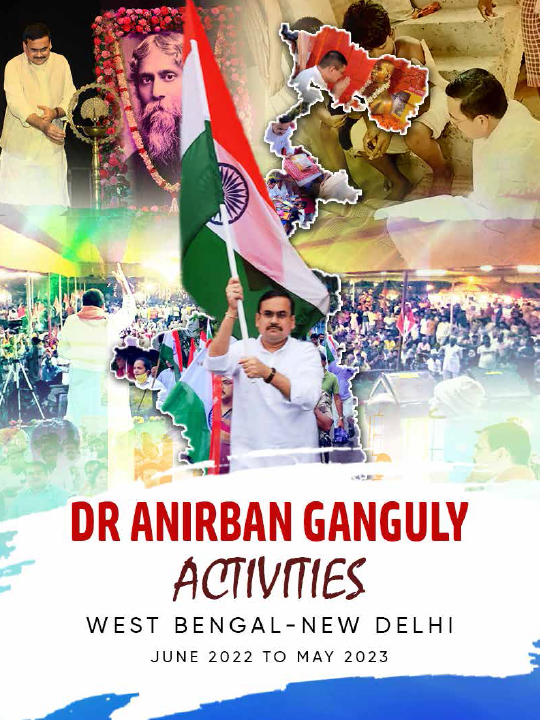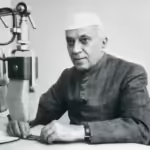AI, Skills, Indian Knowledge Systems and Heritage – PM Modi’s Commitment to “Vikās” and “Virāsat”
- By : Anirban Ganguly
- Category : Articles
- Tags: AI in Education, Digital Literacy, Indian Knowledge, Rural Education, Systems Skill India

The ASER 2024 national findings on rural education have revealed a trend that is dynamic and positive. There has clearly been a post-Covid recovery and the education scenario, especially in rural India is on an upward trend.
In a massive countrywide rural household survey that covered over 6 lakh children in nearly eighteen thousand villages covering 605 rural districts, the ASER report’s all India figures indicate that reading levels have improved for children in government schools in all elementary grades since 2022.” It has also established that nationally, ‘children’s basic arithmetic levels also show substantial improvement in both government and private schools, reaching the highest level in over a decade.”
Among the many significant findings in the report, is also an increasing and balanced growth of digital literacy. The digital divide in rural India, especially in the education sector is being addressed. Access to smartphones is “close to universal among the 14-16 age group and using smart phones for educational purposes was on the rise. This is a positive trend, keeping in mind that Prime Minister Modi had pledged to reduce and eventually eliminate the digital divide. Smart Classrooms also become effective with a decrease in the digital divide.
The Union Budget’s proposal to extend broadband connectivity to all government secondary schools will ensure a further shrinking of the digital divide. This will bring about greater digital equity, especially in education, facilitating the emergence of new-age classrooms and of new pedagogic methods.
The proposed Bharatiya Bhasha Pustak Scheme aimed at providing “digital-format books in Indian languages for school and higher education” to enable students to better understand and absorb their subjects is another major digital step towards educational equity and democratisation. It is in line with the NEP’s focus of enabling education in Indian languages and in one’s own mother-tongue. This will also facilitate the spread of ideas and generate a more informed and multidimensional discussion of ideas and perspectives.
The Union Budget’s declaration that it would further set up and nurture fifty thousand Atal Tinkering Labs in government schools in the next five years “to cultivate the spirit of curiosity and innovation, and foster a scientific temper”, among young learners will give a further boost to this very refreshing and innovative flagship project. The move will unleash creative skills of young learners, train them to think and ideate critically and to innovate and invent. This is a major step towards realising the vision of India as a society and republic of innovations. The Atal Tinkering Lab scheme is proving to be popular with young learners and innovators in schools.
The decision to set up “National Centres of Excellence with global expertise and partnerships to equip youth with the skills required for “Make for India, Make for the World” manufacturing”, will in due course, provide a wider arena for incubating ideas and training skills. Over the years, this will see India emerge as a global hub of talent and skill. With an increasing demand of skilled manpower globally, India can emerge as a major player in this field. It was a dimension which was repeatedly neglected in the past. There was an absence, in the past decades, of any serious attempt to upgrade the skill imparting mechanism and infrastructure. Skills taught in the past were often not in consonance with national and global demands. That lacunae has been addressed with a new direction, under Skill India mission, and shall leap to the next dimension with the proposal for setting up national centres for excellence across India.
Artificial Intelligence (AI) is fast emerging as the next arena and frontier of global engagement with its set of evolving challenges. These are bound to affect and influence a wide cross section of areas from education, to health, to national security, to media and politics. The decision to establish a Centre of Excellence in Artificial Intelligence for education with a total outlay of Rs 500 crore is a futuristic and long-term move which will enable a more comprehensive dissemination of the AI dimension and empower and educate youth to engage with this new frontier with the approach of fulfilling the exigencies and goal of our national interest.
In keeping with his philosophy and approach of “Vikās” and “Virāsat” – of development and heritage, Prime Minister Modi lays emphasis on AI and on the preservation and dissemination of Indian knowledge systems. The proposal made in the Union Budget for developing the Gyan Bharatam Mission which will work to survey, document and conserve “more than 1 crore manuscripts” that are in the possession and collections of academic institutions, museums, libraries and private collectors across the country. The proposed National Digital Repository of Indian Knowledge Systems for knowledge sharing is also a watershed step as far research on India is concerned. Both these decisions, that of undertaking a gigantic effort to preserve 1 crore manuscripts recognising the rich and unparalleled repository of knowledge produced by civilizational India and the proposed National Digital Repository of Indian Knowledge system are historic initiatives to correct a long neglect and apathy by past dispensations. Unprecedented in its scale and scope, these announce a new era in the field of research into India’s civilizational past giving rise to the possibilities of new findings and perspectives.
The proposal to develop 50 top tourist destinations in the country in partnership with states is a possibilities-filled scope for states to upgrade infrastructure and connectivity among other things. The special focus to be given to historic places associated with Lord Buddha’s life and times is in line with Prime Minister Modi’s espousal of the vision of the Asian century with Lord Buddha’s legacy as its defining core. In the last decade a wide ranging outreach and effort has been initiated by him in preserving the heritage and legacy associated with Lord Buddha’s life and times. The declaration of Pali as a classical language and the re-establishment of the Nalanda University in a new dimension have been some of the most historic achievements of this unprecedented outreach in modern times. This special focus will cater to an increasing volume of international pilgrims who visit these sacred spots associated with Lord Buddha’s life and will further cement India’s civilizational linkages with countries that profess Buddhism and infuse them with fresh energy and scope.
The Union Budget 2025, with its emphasis and focus on AI, skills, Indian knowledge systems, research and preservation of our tangible sources of knowledge on civilizational India, and numerous heritage and sacred sites is a reflection of Prime Minister Modi’s commitment actualising his vision of “Vikās” and “Virāsat.”












